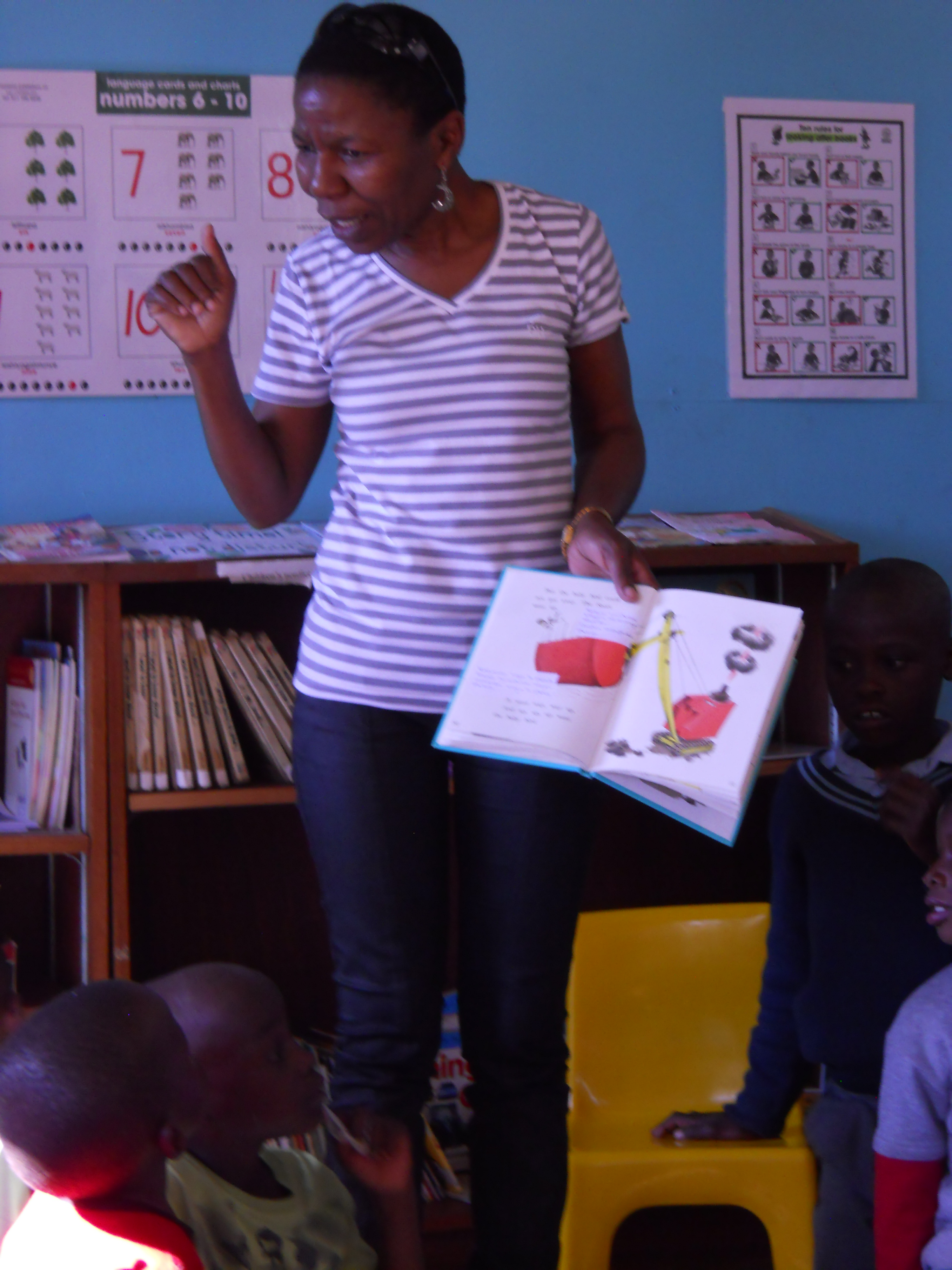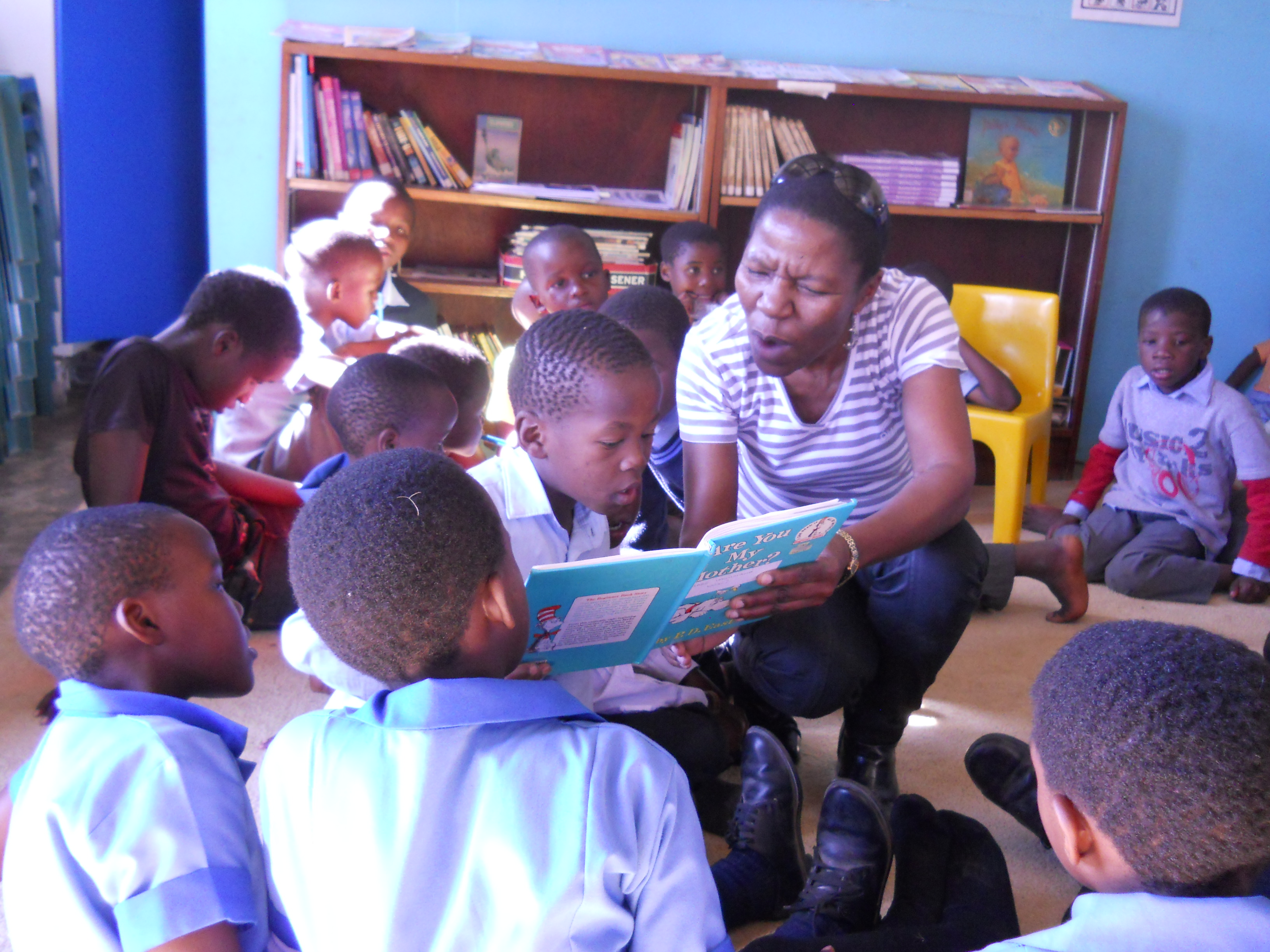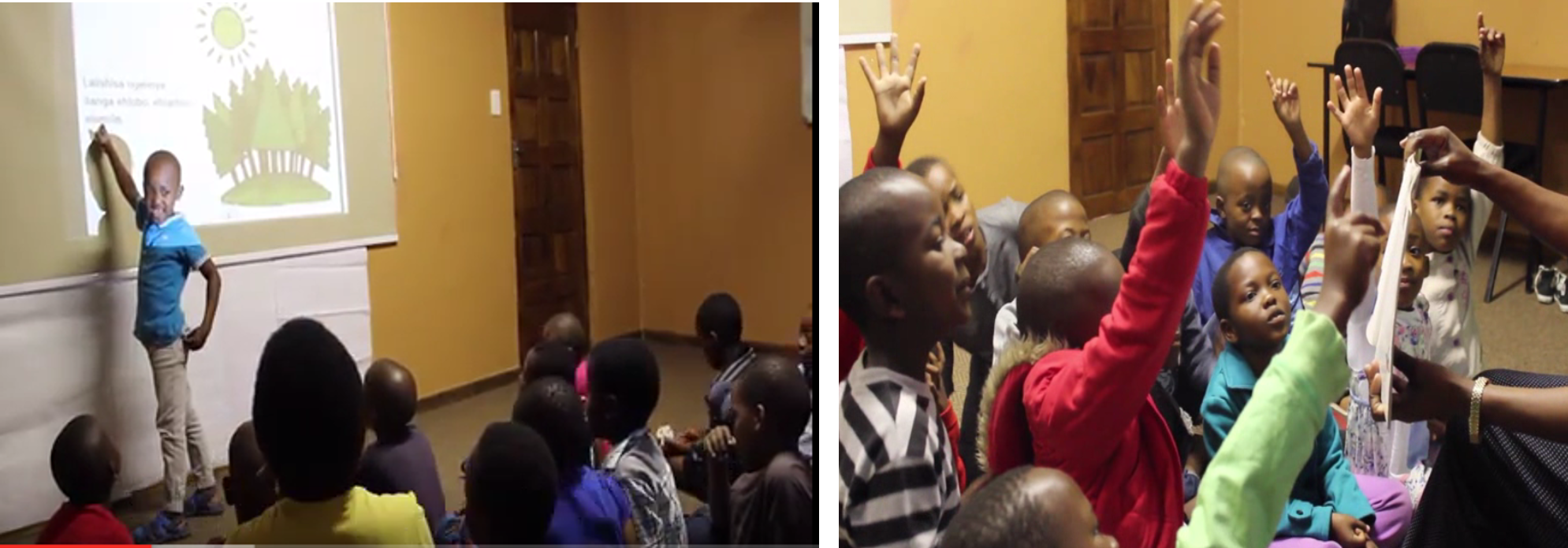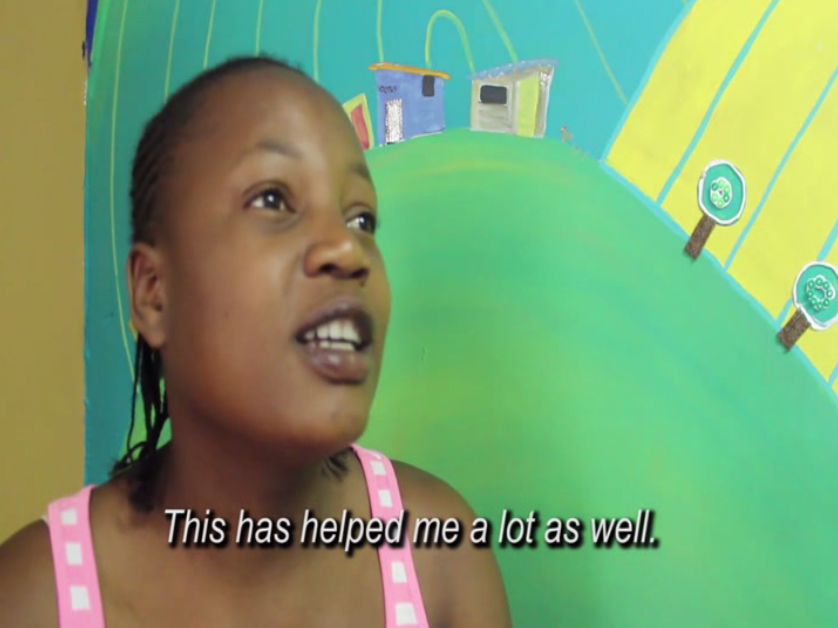How African Storybook is being used in South Africa
African Storybook
There is a literacy crisis in South Africa, but individuals and organisations all round the country are responding to the crisis in a variety of ways. The fruits of education are not seen immediately, but the seeds of literacy are being sown in homes, communities, and schools, in many places in the country. We need to celebrate and nurture these seeds. One of them is the work being done by Emily Mbhele and the Philangethemba Project in the Lower Molweni Valley in KZN.

Emily Mbhele is an English teacher at Tholulwazi Secondary school in KwaZulu-Natal. But she is more than a high school teacher. She is also part of the Philangethemba partnership project between St Agnes Anglican Church in Kloof, South Africa and the schools and community centres in the a Lower Molweni Valley for income generation projects, school vegetable gardens, fostering cooperation between pre-school, primary, secondary and afterschool literacy, building libraries at the high school and in the community centres which were originally developed as HIV-AIDS prevention projects, and workshops on reading with children.
Her particular contribution is in fostering links between primary, secondary, and after school literacy. Faced with the shortage of books for primary school children to read in isiZulu, she had a brilliant idea. Why not take the lovely English books in the community centre library and get them translated into isiZulu? Who better to do this than her secondary school learners, under the supervision of their isiZulu teacher? So they started, a book at a time, writing the isiZulu words on pieces of paper, and sticking them with presstick over the English words on the page. And then reading them with the children.

When the African Storybook first started, we heard about Emily’s work, and it was just what we intended to do, but facilitated by the use of technology. So we asked her to help us describe her method for other teachers. We also asked her to experiment with the use of digital technology for reading with children.
And here was the result.

With a laptop and data projector, a story is projected onto the wall of the community library,
and children are drawn in to reading words and sentences from the African Storybook, UTsheketshe usindisa uJuba.
Right: Reading from a big book WITH children.
Even if Emily reads TO the children, she finds ways to make them identify and read words and sentences as well.

As young children read individually from computers in the local lab, they are supported by learners from Tholulwazi Secondary School.
Right: Reading from books printed straight off the African Storybook website
Emily shows the importance of individual and paired reading – particularly from a humorous book like Ngomunye uMgqibelo ntambama kushisa
Emily is teaching at two levels at the same time. For example, when the children have completed reading UTsheketshe usindisa uJuba, she gets them to write the words they enjoyed from the story. She asks the secondary schools students to check the words, but not to write for the children. Each child then has a chance to read the words they have written down.
The high school students are learning through this process. Through translation of the African Storybooks into isiZulu, their own command of written isiZulu improves, and they learn a great deal from mentoring young children in reading.
As one of these high school learners says:
“My name is Khanyisile Jobe. We are teaching children from Grade 1, Grade 2, and Grade 3 to help them read books, particularly because we translated them into isiZulu. This has helped me a lot as well. I manage to write essays with proper spelling. I now can correct myself by checking in the English book which I translated into isiZulu. I love doing this because I like to see people of our race succeeding. And they get knowledge from the books they read. Those struggling to write will know how in the end. We make sure all children reach their potential.”
